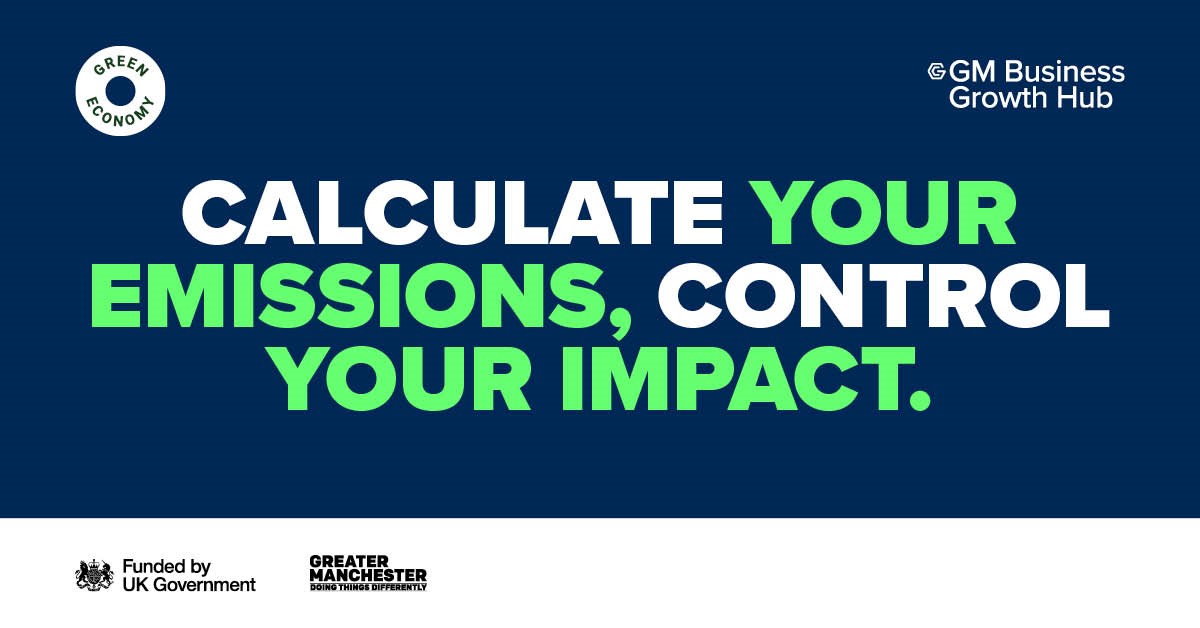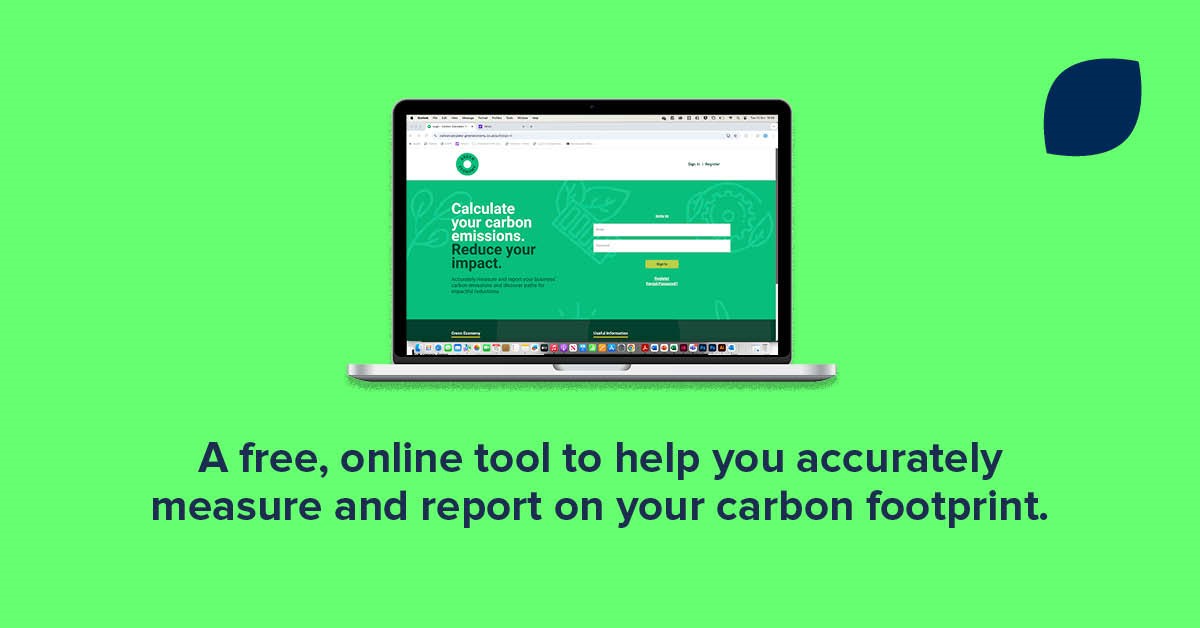New carbon calculator tool launched to simplify journey to net zero for Greater Manchester SMEs
18 November 2024

18 November 2024

Greater Manchester businesses that need to measure and understand their carbon footprint can now access a free new tool designed to accurately measure their energy use and discover their biggest carbon impacts.
The carbon calculator tool, from Green Economy and GM Business Growth Hub, has been developed on behalf of the Greater Manchester Combined Authority (GMCA), using funding provided by the city-region’s UKSPF allocation.
It is primarily for SMEs and not-for-profit organisations who are at an early stage of their carbon reduction journey but can also be used by larger businesses looking to reaffirm or tweak their existing plans.


The tool simplifies how businesses understand their consumption of energy, fuel, and materials by calculating their C02e, providing a baseline to understand where their big emissions are and to track progress as they reduce their environmental impact.
Mayor of Greater Manchester, Andy Burnham, said: “More businesses now understand the need to measure their own carbon footprint as they look to reduce emissions and costs, which is positive news for Greater Manchester’s target of becoming a carbon neutral city-region by 2038. This new tool from Green Economy is the perfect first step for any business at the start of that journey.”
The carbon tool has also been welcomed by the Greater Manchester Business Board – a member of the Bee Net Zero partnership, which unites organisations in the region who are committed to making the transition to net zero as straightforward and cost-efficient as possible for businesses.
Steve Connor, Green Lead for Greater Manchester Business Board, said:
“This tool is a vital resource in helping us in our mission to make Greater Manchester the easiest place to become a net zero business.
“With fully funded support from GM Business Growth Hub and with expert advice from the Bee Net Zero partnership, SMEs can not only measure and report on their carbon footprint, but also can start to take action to reduce their emissions and energy bills too, which will benefit productivity as well as the environment."
Unlike many other carbon measurement tools, Green Economy’s model uses actual units of consumption, offering a more granular level of detail which aligns with the government's greenhouse gas conversion figures.
Businesses can use the carbon calculator to measure their footprint going back five years to show how usage has changed over time as well as measuring the impact of fluctuations in energy prices.
The full report, generated by the tool, will also offer recommendations and opportunities to reduce carbon impacts as well as signposting available resources through Green Economy and the Hub, including a Marketplace for finding low carbon suppliers. It will continue to be updated to help businesses understand their ongoing trajectory towards net zero.
The tool has been tested by local businesses, such as Bolton-based Carrs Pasties, to ensure ease of use and accuracy.
“This new tool is a fantastic opportunity for businesses like ours to very quickly get a clear picture of their carbon impacts. It is really easy to use and will be a great help for us to measure our company carbon footprint, and identify opportunities to reduce carbon emissions and save our business money.”
Try the new carbon calculator tool here.
Businesses looking for additional support can sign up to a free workshop on 28 January to explore the tool and how to use it with Green Economy Consultants
Book your free place here: How To Use Our Carbon Calculator Tool


Share